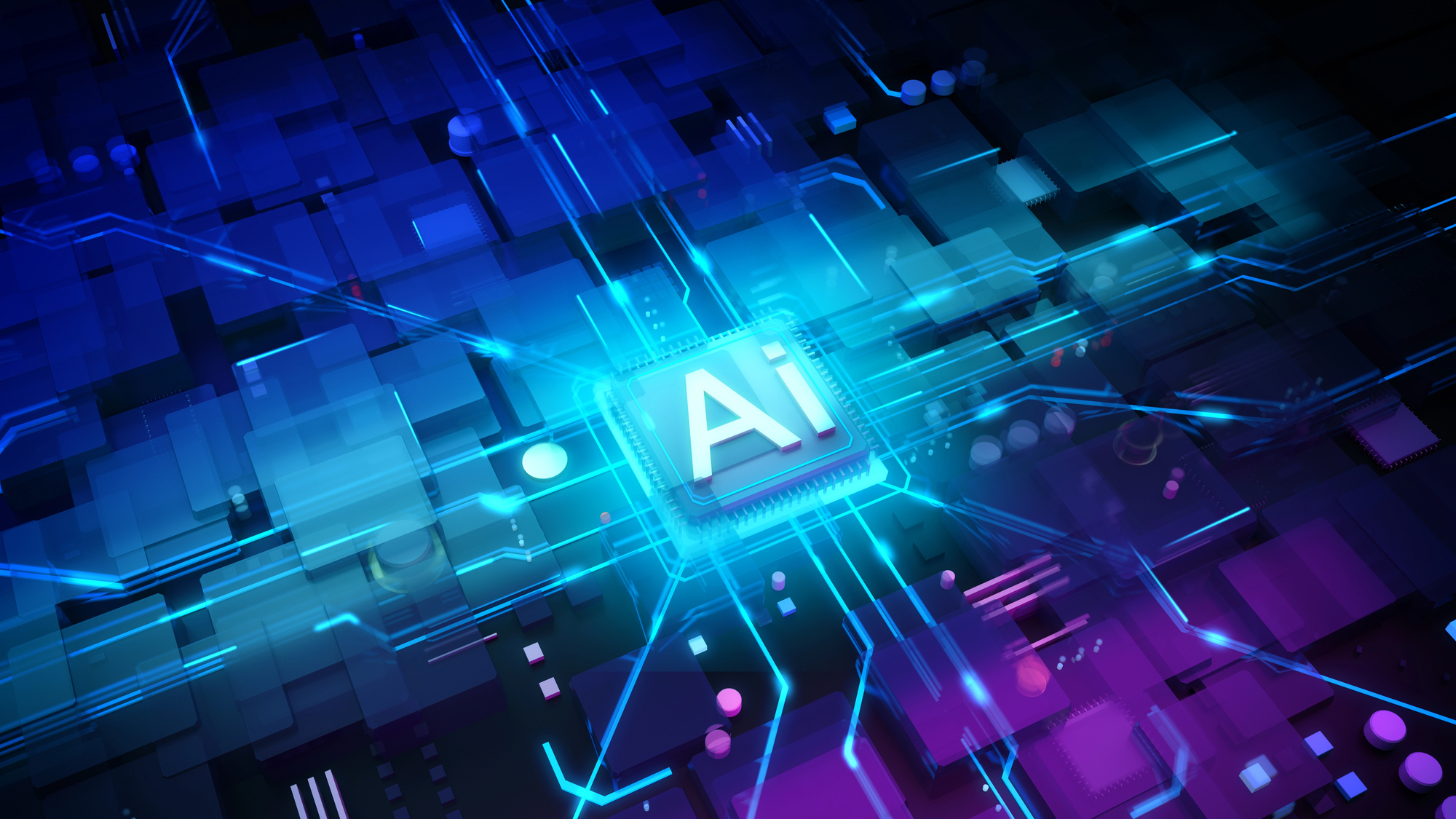
Introduction
As businesses strive to deliver more personalized and efficient services, the integration of AI into customer-facing applications has become paramount. Traditional AI models, while robust, often struggle with generating contextually accurate and up-to-date responses. Retrieval-Augmented Generation (RAG) and Inference-Time Processing address these limitations by combining the strengths of retrieval-based and generative AI models, enabling more accurate, relevant, and timely interactions.
Retrieval-Augmented Generation (RAG)
Retrieval-Augmented Generation (RAG) is a hybrid AI model that combines the capabilities of retrieval-based systems and generative models. RAG works by first retrieving relevant documents or information from a large corpus of data and then using a generative model to produce a response based on the retrieved information. This approach allows the model to generate more accurate and contextually relevant responses, especially in scenarios where up-to-date or domain-specific knowledge is required.
How RAG Works
- Retrieval Phase: The model queries a large database or knowledge base to retrieve relevant documents or information snippets. This retrieval is typically performed using dense vector representations and search techniques.
- Generation Phase: The retrieved information is then fed into a generative model along with the original query. The generative model synthesizes the information to produce a coherent and contextually appropriate response.
Benefits of RAG
Accuracy: By grounding responses in retrieved documents, RAG reduces the likelihood of generating incorrect or outdated information.
Relevance: The model can access and incorporate the most relevant information, leading to more precise and useful responses.
Scalability: RAG can be applied to large and dynamic datasets, making it suitable for businesses with extensive and ever-changing information repositories.